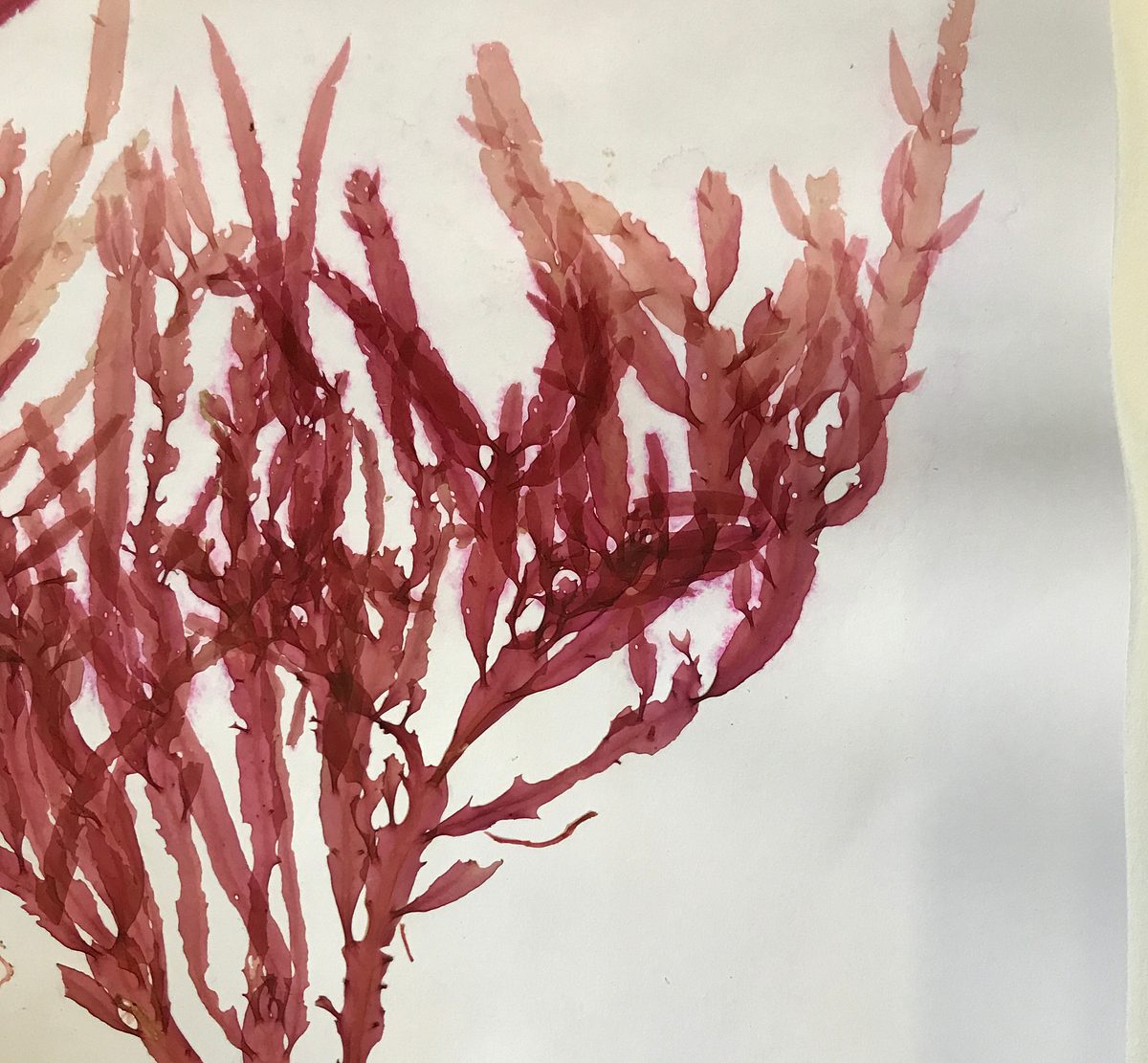


Our science and conservation activities annually produce a significant body of new knowledge, building on the institutions more than 60 years of work.
This includes world-class botanical research in taxonomy, systematics, seed science, conservation and restoration.
Our core activity is managing and curating the botanical collection, as well as meaningfully sharing our knowledge and expertise with the scientific community and the public.

We provide authoritative information and data on SA’s threatened species, gained from our scientific investigations. This supports the rehabilitation, restoration and recovery of native species and ecosystems. The work of the SA Seed Conservation Centre is also integral to this, by expanding its ex-situ seedbank collections for conservation activities.
Our Weeds Botanist is engaged in the active surveillance the region for new weed incursions, threatening our natural systems. Threats to native species are also assessed when we evaluate the conservation status of all plants, fungi, algae and lichens.
We deliver future-aware biodiversity research, document our biodiversity, discover new species and investigate evolutionary adaptions of species. We are engage in building publicly available biodiversity information systems, documenting the native and naturalized flora, including the variability of species traits, such as morphology, genetic diversity, response to fire, etc.
Our internationally recognised research into the evolutionary biology of the Australian flora and the documentation of South Australia’s living biodiversity is supported by an active program in genomic and taxonomic science.

Modern taxonomy uses multiple lines of evidence to describe new species and this is based on their phylogenetic relationships. Through the work of our team the discovery of species new to science is ongoing. The herbarium collections are pivotal to this as well as the use of these collections to get DNA and morphological data sets used to describe the new species.
Through all this, we want to enhance the awareness of indigenous South Australian plants, their origins and uses.